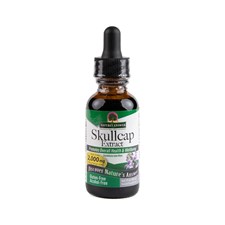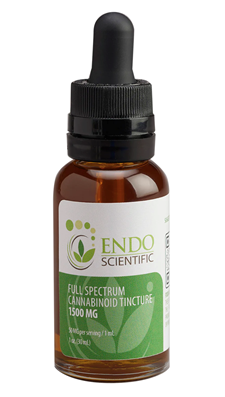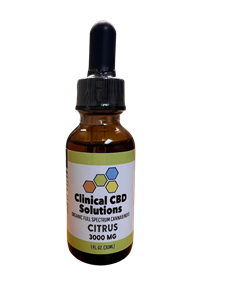How Does Pain Work
We often regard pain as a feeling or emotion. However, pain is a scientific process. Pain is the body’s warning and response system when something is wrong. Sensory receptors send a traveling message via nerve fibers to the spinal cord, brainstem and finally, the brain. The signal sent back is the brain’s way of getting your attention.
Why do we need pain? Sensing pain prevents further injury and action. For example, the pain associated with broken bones limits further use. Without pain, further use and damage would occur.
Understanding the nervous processes behind pain allows doctors to block or subdue pain until the body is healed. As a holistic-focused business, we combine several scientific methods to offer an effective, natural approach.
Types of Pain
Pain is divided into 2 categories: acute and chronic. During an acute pain episode, pain receptors transmit signals to prevent further damage. The pain resolves once the area is healed. Stubbing your foot or burning yourself on the stove are examples.
Chronic pain is felt after the body heals and the brain continues to perceive pain. Genetics, physiological mechanisms and psychological factors are at play. Chronic pain is less understood by scientists than acute pain.
Chronic and acute pain can be caused by a specific illness or injury, or it can be related to certain chronic or long-term diseases or conditions such as:
- Diabetes
- Irritable bowel syndrome
- Fibromyalgia
- Temporomandibular joint (TMJ) disorders
- Arthritis
- Endometriosis
- Cancer
Remedies for Chronic and Acute Pain
- Strain-Counterstrain:
Ever completed therapy only to have conditions reappear or continue to be bothersome? Similar to traditional therapy, Counterstrain focuses on muscles, tendons, bones and ligaments with one key difference.
Unlike therapy, Counterstrain looks at the whole body including the lymphatic system, nerves, fascia, organs, muscles, arteries and veins. The goal is to restore the clogged pump mechanism in the lymphatic system to allow the fascia to function normally and relieve connective tissue pain.
Get relief from acute or chronic pain, tightness, spasms, joint stiffness and other hard-to-explain symptoms through Counterstrain. Join our Counterstrain Seminar to learn more or sign up for a 30-minute, one-on-one evaluation.
- Mindfulness and Breathwork:
You may wonder: “How can breathing reduce pain, I’m always breathing!” Although this is a popular, understandable question, breathwork has been scientifically proven to reduce acute and chronic pain. Breathwork and mindfulness differ from normal breathing patterns.
Scientific research proves breathwork reduces autonomic activity, the fear-based fight-or-flight response and pain scores. Breathwork alters the perception of pain and helps patients better cope with the stress and anxiety that often accompanies chronic pain.
One study found breathwork altered core muscle activation and significantly decreased pain in patients with chronic lower back pain. Another study found a reduction in reported pain scores in women with fibromyalgia after deep breathing exercises.
Learn more about conscious, connected breathing techniques through our BREATHE! Seminar.
- CBD Treatment:
CBD is naturally extracted from the hemp plant and does not contain THC, the psychoactive ingredient in marijuana. CBD binds to cell receptors and influences how the body perceives pain. CBD is an effective, natural treatment for pain relief and does not induce the same side effects as pharmaceuticals.
What the Studies Say:
- According to Frontiers in Pharmacology, CBD binds to cell receptors and stimulates different cell responses to influence pain signaling pathways.
- A study from ScienceDirect discovered CBD interacts with neurological receptors in the spinal cord to suppress chronic pain and strengthen the effects of AEA, a pain-reducing cannabinoid.
- Patients of kidney transplants reported significant pain improvements after CBD treatment, according to ScienceDirect.
- CBD reduced arthritis-related joint swelling and pain in mice in a study published by the National Library of Medicine.
- CBD research participants report positive attitudes towards CBD treatment options and positive outcomes when used for pain-related conditions.
Whatever the source of your pain, the practitioners at Total Health will assess and treat your pain by doing more than just patching up your symptoms. We work to uncover the root cause of your pain and offer services based on your unique health goals to increase your mental and physical resilience. With Total Health, you’ll have access to effective pain-reducing therapies and be equipped with powerful pain management techniques to help you rediscover the freedom and joy of less pain or a pain-free life.
We are now serving Brookfield, Brown Deer, Butler, Germantown, Menomonee Falls, Mequon, Milwaukee, Muskego, New Berlin, Sussex, Wauwatosa, West Allis, West Bend, Waukesha, & beyond.








